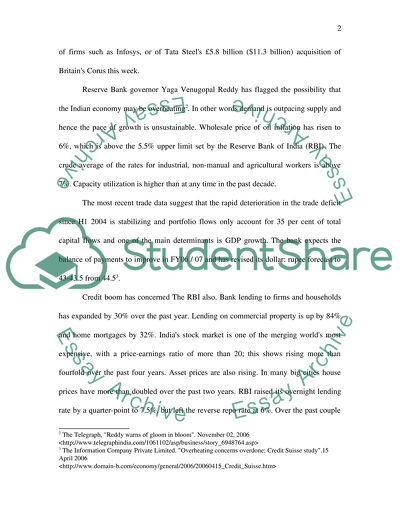Cite this document
(The Climate of Macroeconomic Relationships in India Case Study, n.d.)
The Climate of Macroeconomic Relationships in India Case Study. https://studentshare.org/macro-microeconomics/1517747-macroeconomic-case-analysis-using-article
The Climate of Macroeconomic Relationships in India Case Study. https://studentshare.org/macro-microeconomics/1517747-macroeconomic-case-analysis-using-article
(The Climate of Macroeconomic Relationships in India Case Study)
The Climate of Macroeconomic Relationships in India Case Study. https://studentshare.org/macro-microeconomics/1517747-macroeconomic-case-analysis-using-article.
The Climate of Macroeconomic Relationships in India Case Study. https://studentshare.org/macro-microeconomics/1517747-macroeconomic-case-analysis-using-article.
“The Climate of Macroeconomic Relationships in India Case Study”. https://studentshare.org/macro-microeconomics/1517747-macroeconomic-case-analysis-using-article.


